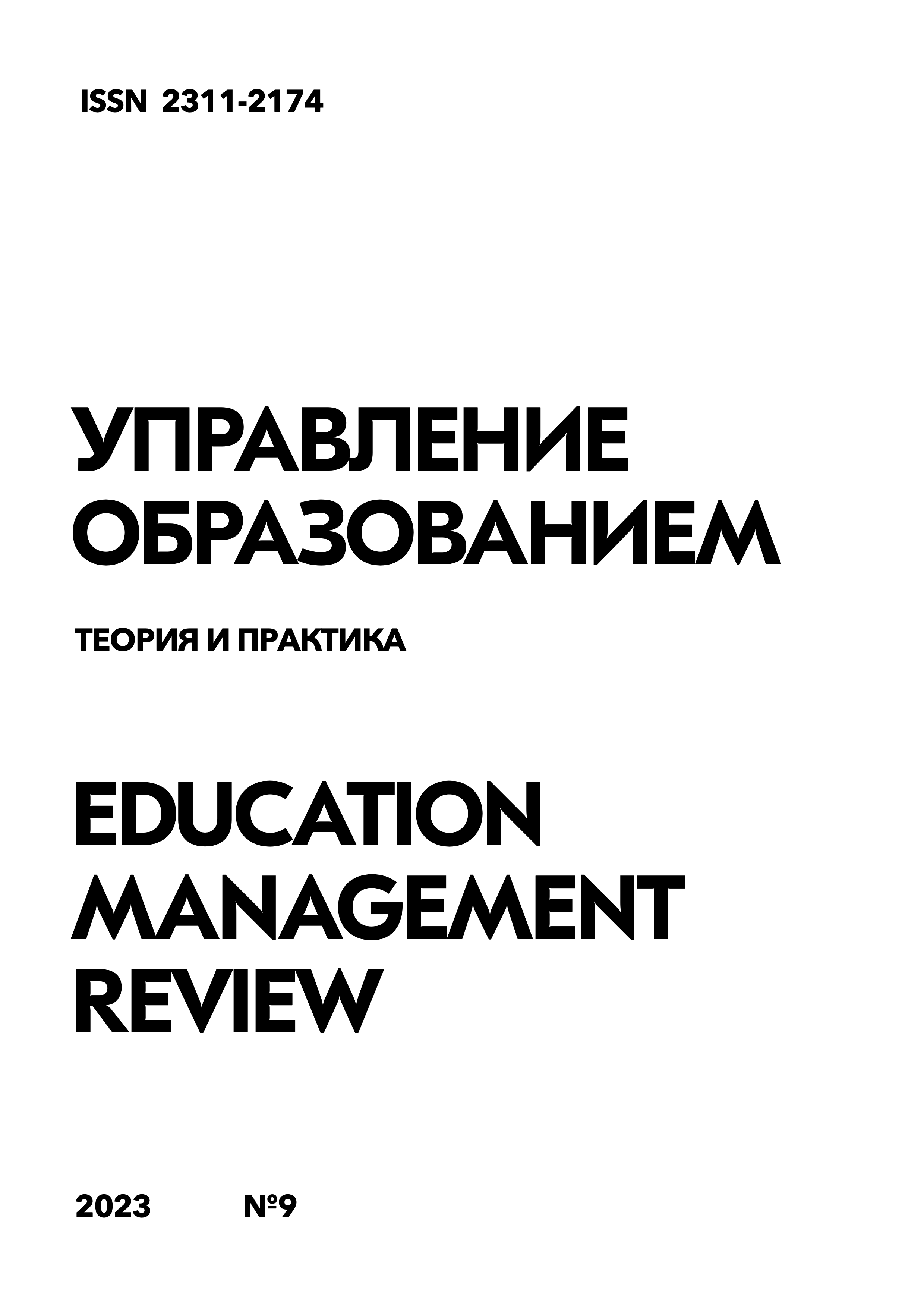A model for monitoring the recovery of athletes as a source of the rehabilitation process
DOI:
https://doi.org/10.25726/g5732-9817-4823-sKeywords:
dynamics, athlete, recovery, structure, signalAbstract
Rehabilitation of athletes after injury restricts not only their further participation in competitive activities, but also reduces the overall quality of life. In this regard, the recovery process is the most important characteristic and the construction of recovery schedules allows you to determine the most promising recovery technologies and measures that contribute to achieving previously shown results. The novelty of the study is determined by the possibilities of achieving previously shown results using the methodology of full recovery. At the same time, the authors note that in addition to physiological recovery, there is a need to achieve moral and ethical components. A component of this kind is defined as an athlete's ability to filter incoming information and reduce attention to distracting elements, which are called white noise and have not only a technical effect. The authors show that this makes it possible to shorten the recovery period and increase the timing of the athlete's performance in subsequent competitive periods. The practical significance of the study is determined by the dynamics of the athlete's recovery and the use of a model of filtering environmental information. It is determined that the monitoring structure is the solution of the input and output system, which allows for the interpretation of the necessary information.
References
Ageberg E., Roberts D., Holmström E., & Fridén T. Balance in single-limb stance in healthy subjects - Reliability of testing procedure and the effect of short-duration sub-maximal cycling. BMC Musculoskeletal Disorders. 2003. № 4. Pp. 1–16. URL: https://doi.org/10.1186/1471-2474-4-14
Boada M., Anaya F., Ortiz P., Olazarán J., Shua-Haim J. R., Obisesan T. O., Páezh A. Efficacy and safety of plasma exchange with 5% albumin to modify cerebrospinal fluid and plasma amyloid-β concentrations and cognition outcomes in Alzheimer’s disease patients: A multicenter, randomized, controlled clinical trial. Journal of Alzheimer’s Disease. 2017. № 56 (1). Pp. 129–143. URL: https://doi.org/10.3233/JAD-160565
Duong T.T., Englande J., Wright, J., Cifu D.X., Greenwald B.D., & Brown A.W. Relationship between strength, balance, and swallowing deficits and outcome after traumatic brain injury: A multicenter analysis. Archives of Physical Medicine and Rehabilitation. 2004. № 85 (8). Pp. 1291–1297. URL: https://doi.org/10.1016/j.apmr.2003.11.032
Elovic E.P., Simone L.K., & Zafonte R. Outcome Assessment for Spasticity Management in the Patient with Traumatic Brain Injury: The State of the Art. Journal of Head Trauma Rehabilitation. 2004. № 19 (2). Рр. 155–177. URL: https://doi.org/10.1097/00001199-200403000-00007
Folkerts M.M., Parks E.A., Dedman J.R., Kaetzel M.A., Lyeth B.G., & Berman R.F. Phosphorylation of calcium calmodulin-dependent protein kinase II following lateral fluid percussion brain injury in rats. Journal of Neurotrauma. 2007. № 24 (4). Pp. 638–650. URL: https://doi.org/10.1089/neu.2006.0188
Freund H., Hoover Jr., H.C., Atamian S., & Fischer, J.E. Infusion of the branched chain amino acids in postoperative patients. Anticatabolic properties. Annals of Surgery. 1979. № 190 (1). Pp. 18–23. URL: https://doi.org/10.1097/00000658-197907000-00004
Hansson E. Long-term pain, neuroinflammation and glial activation. Scandinavian Journal of Pain. 2010. № 1 (2). Pp. 67–72. URL: https://doi.org/10.1016/j.sjpain.2010.01.002
Lacroix A., Kressig R.W., Muehlbauer T., Gschwind Y.J., Pfenninger, B., Bruegger, O., & Granacher, U. Effects of a supervised versus an unsupervised combined balance and strength training program on balance and muscle power in healthy older adults: A randomized controlled trial. Gerontology. 2016. № 62 (3). Pp. 275–288. URL: https://doi.org/10.1159/000442087
Lesinski M., Hortobágyi T., Muehlbauer T., Gollhofer A., & Granacher, U. Dose-Response Relationships of Balance Training in Healthy Young Adults: A Systematic Review and Meta-Analysis. Sports Medicine. 2015. № 45 (4). Pp. 557–576. URL: https://doi.org/10.1007/s40279-014-0284-5
McHugh M.P., Tyler T.F., Mirabella M.R., Mullaney M.J., & Nicholas, S.J. The effectiveness of a balance training intervention in reducing the incidence of noncontact ankle sprains in high school football players. American Journal of Sports Medicine. 2007. № 35 (8). Pp. 1289–1294. URL: https://doi.org/10.1177/0363546507300059
Murray N., Salvatore A., Powell D., & Reed-Jones R. Reliability and validity evidence of multiple balance assessments in athletes with a concussion. Journal of Athletic Training. 2014. № 49 (4). Pp. 540–549. URL: https://doi.org/10.4085/1062-6050-49.3.32
Paniagua M.A., Malphurs J.E., & Phelan E.A. Older patients presenting to a county hospital ED after a fall: missed opportunities for prevention. American Journal of Emergency Medicine. 2006. № 24 (4). Pp. 413–417. URL: https://doi.org/10.1016/j.ajem.2005.12.005
Paxian M., Keller S.A., Huynh T.T., & Clemens M.G. Perflubron emulsion improves hepatic microvascular integrity and mitochondrial redox state after hemorrhagic shock. Shock (Augusta, Ga.). 2003. № 20 (5). Pp. 449–457. URL: https://doi.org/10.1097/01.shk.0000090601.26659.87
Shimbo D., Bowling C.B., Levitan E.B., Deng L., Sim J.J., Huang L., Muntner P. Short-term risk of serious fall injuries in older adults initiating and intensifying treatment with antihypertensive medication. Circulation: Cardiovascular Quality and Outcomes. 2016. № 9 (3). Pp. 222–229. URL: https://doi.org/10.1161/CIRCOUTCOMES.115.002524
Slobounov S., Slobounov E., & Newell K. Application of virtual reality graphics in assessment of concussion. Cyberpsychology and Behavior. 2006. № 9 (2). Pp. 188–191. URL: https://doi.org/10.1089/cpb.2006.9.188
Stokes I. A.F., Gardner-Morse M., Henry S.M., & Badger G.J. Decrease in trunk muscular response to perturbation with preactivation of lumbar spinal musculature. Spine. 2000. № 25 (15). Pp. 1957–1964. URL: https://doi.org/10.1097/00007632-200008010-00015
Swanson R.L., Hampton S., Green-McKenzie J., Diaz-Arrastia R., Sean Grady M., Verma R., Smith D.H. Neurological manifestations among US government personnel reporting directional audible and sensory phenomena in Havana, Cuba. JAMA - Journal of the American Medical Association. 2018. № 319 (11). Pp. 1125–1133. URL: https://doi.org/10.1001/jama.2018.1742
Van Donkelaar, P., Osternig, L., & Chou, L.S. Attentional and biomechanical deficits interact after mild traumatic brain injury. Exercise and Sport Sciences Reviews. 2006. № 34 (2). Pp. 77–82. URL: https://doi.org/10.1249/00003677-200604000-00007
Walker W.C., & Pickett T.C. Motor impairment after severe traumatic brain injury: A longitudinal multicenter study. Journal of Rehabilitation Research and Development. 2007. № 44 (7). Pp. 975–982. URL: https://doi.org/10.1682/JRRD.2006.12.0158
Wang Y., Asaka T., Zatsiorsky V.M., & Latash M.L. Muscle synergies during voluntary body sway: Combining across-trials and within-a-trial analyses. Experimental Brain Research. 2006. № 174 (4). Pp. 679–693. URL: https://doi.org/10.1007/s00221-006-0513-8




